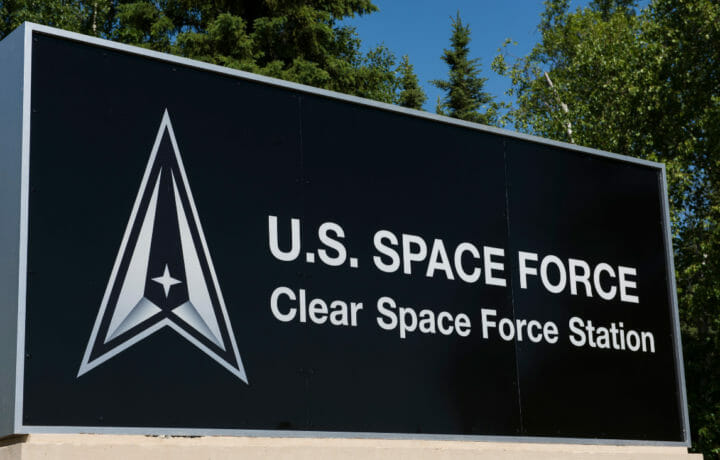Outer space is vast, but the United States Space Force’s budget isn’t – at least not as much as some officials in the sixth and newest branch of the United States military would like. Last week, lawmakers called for slashing approximately $1 billion from the service’s $30 billion budget request.
The Senate Appropriations Committee (SAC) approved an $831 billion defense spending bill for fiscal year 2024 (FY24). The measure, which was advanced by a bipartisan vote of 27-1, provides an increase of $5.1 billion more than the President’s FY24 request for the Department of Defense (DoD) and Intelligence Community, the Military Services, Central Intelligence Agency, and the National Security Agency.
Despite the increase, the U.S. Space Force won’t receive its full budget request, which was 13% higher than what Congress enacted last year. The U.S. Space Force has called for continued growth in its missile tracking, launch, and satellite communications missions.
“The funding is a critical step to combat emerging space threats and to meet our pacing challenge,” the service said in the overview documents that were released in March. “The focus is on long-range kill chains, resilient missile warning and missile tracking, operational test and training infrastructure, protecting and enhancing strategic systems, and bolstering foundational elements.”
The bulk of the Space Force’s budget – approximately $19 billion – was to fund the development of satellites, ground systems, and enabling technology. The Biden administration had requested $30.1 billion, but the Senate and House appropriations committees responded with a budget slightly over $29 billion – according to estimates from the consulting firm Velos.
Cutting R&D
The cuts in the SAC bill were spread across a significant number of programs in the RDT&E (research, development, testing, and engineering) as well as procurement accounts. Space News reported that the committee had trimmed $356 million from RDT&E programs, along with $679 million from procurement programs.
Even with the cuts, the SAC said it “Continues its strong support to the Space Force through resourcing its top unfunded priorities, fully funding the Chief of Space Operations’ training initiatives and offering assistance in other key classified areas.”
The cuts were also “non-prejudicial” and instead were “based purely on the cost, schedule, and performance factors.”
Encouraging Commercial Space Service
The FY24 defense bill includes a number of provisions that could encourage commercial space services. Senate appropriators allocated $121.4 million for commercial satellite services, which is a $47.9 million increase from the Space Force’s initial recommendation. Moreover, the committee further earmarked $40 million for a pilot program that is aimed at demonstrating the use of commercial imaging satellites to support military operations.
“The Department of Defense will have to partially rely on new space capabilities that can fulfill traditional Title 10 intelligence, surveillance, reconnaissance, and target tracking missions as a replacement for existing airborne assets,” the SAC said.
Moreover, the committee suggested that the “commercial marketplace has matured to a place that can provide services directly to both the intelligence community and the Department of Defense.
Space-Based Monitoring
The SAC also added $10 million for a demonstration of space-based monitoring over the U.S. Southern Command area of responsibility. That funding will be directed towards leveraging “commercially available space-based sensors to provide essential electro-optical, infrared, and synthetic aperture radar capabilities.”
The defense spending bill will next proceed for further consideration in the Senate, where it may undergo amendments before being finalized.




